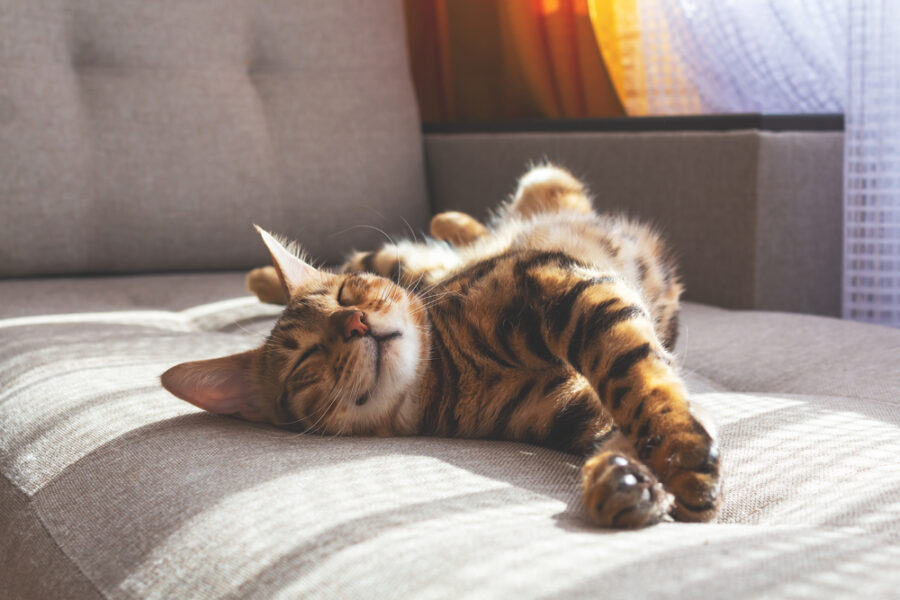Prized for their exotic appearance reminiscent of jungle felines, Bengal cats have long captivated enthusiasts with their marbled coats and leopard-like patterns. A recent study conducted by Stanford Medicine researchers, in collaboration with Bengal cat breeders, has shed light on the genetic origins of these striking features.
The genetic journey
Researchers analyzed genes from nearly 1,000 Bengal cats over 15 years, and uncovered surprising insights into the evolution of their distinctive appearance. Contrary to popular belief, the study found that the breeds unique coat traits can be traced back to domestic cat genes, rather than genes from wild Asian leopard cats, through generations of selective breeding.
Most of the DNA changes that underlie the unique appearance of the Bengal cat have always been present in domestic cats, said Gregory Barsh, MD, PhD, an emeritus professor of genetics. It was really the power of breeding that brought them out.
The power of artificial selection
The study highlights the remarkable influence of artificial selection in shaping the Bengal cat’s appearance. Over decades of breeding, cats with desired physical characteristics were carefully selected and bred, bringing forth the iridescent sheen and leopard-like patterns that define the breed today. This underscores the wealth of genetic diversity already present within domestic cat populations.
The glitter mystery
One intriguing aspect of the Bengal cats appearance is its glittering fur, which shines like gold in sunlight. Researchers identified a mutation in the gene Fgfr2 thats responsible for this glitter effect, again originating from domestic cat genes rather than leopard cats. This mutation offers insights into how subtle variations in genes can produce distinct physical features.
Genomic incompatibility and charcoal coats
Further analysis revealed the presence of a leopard cat gene linked to charcoal coloring in Bengal cats, but only when its combined with domestic cat genes. This phenomenon, known as genomic incompatibility, demonstrates how genes from distantly related species can interact in unexpected ways to produce unique traits.
Implications for breeders and biology
Understanding the genetic underpinnings of Bengal cat traits empowers breeders to refine breeding practices and create new colors and patterns. In addition, the collaboration between researchers and Bengal cat organizations exemplifies the synergy between scientific inquiry and citizen science, offering valuable insights for both the veterinary community and breed enthusiasts.
This study of Bengal cats serves as a fascinating case study about the interplay between genetics, artificial selection, and phenotype expression. By decoding the genetic information behind the breeds distinctive appearance, researchers have not only deepened our understanding of feline genetics, but also provided practical insights for breeders seeking to enhance the Bengal cats aesthetic appeal.








